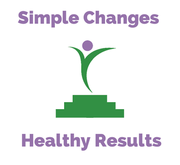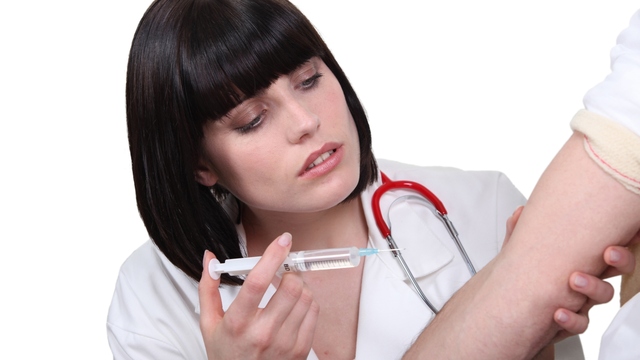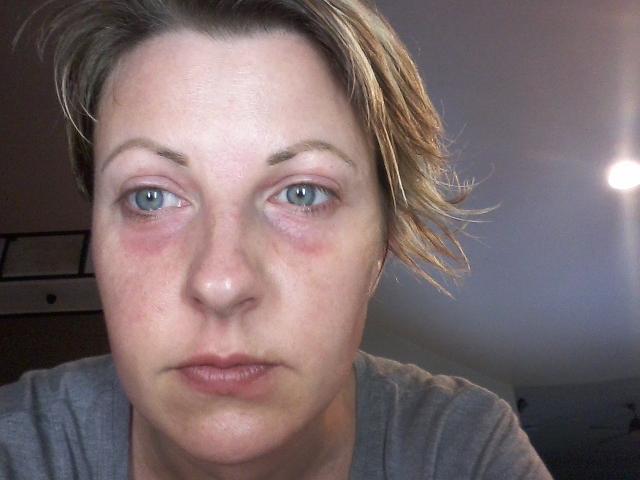Tap Water is water that comes from a municipal source. ‘Government water’, so to speak.
What’s in Your Tap Water?
The National Resources Defense Council (NRDC) published “What’s on Tap?”, a study of the drinking water systems of 19 U.S. cities. They found that pollution and deteriorating, out-of-date plumbing are sometimes delivering drinking water that might pose health risks to some residents.
My hometown, Atlanta, GA was on that list.
Tap water can contain a vast array of contaminants, but a handful showed up repeatedly in the water of the cities that they studied:
Lead, which enters drinking water supplies from the corrosion of pipes and plumbing fixtures and can cause brain damage in infants and children
Pathogens (germs) that can make people sick, especially those with weakened immune systems, the frail elderly, and the very young
By-products of chlorine treatment such as trihalomethanes and haloacetic acids, which may cause cancer and reproductive problems
Arsenic, which may cause cancer, serious skin problems, birth defects, and reproductive problems
Radon, the rocket fuel perchlorate and other carcinogens or otherwise toxic chemicals
NRDC’s study found that relatively few cities are in outright violation of national standards for contamination of drinking water, but this is more a result of weak standards than it is of low contaminant levels.
For example, cancer-causing arsenic is currently present in the drinking water of 22 million Americans at average levels of 5 ppb, well below a new EPA standard for arsenic of 10 ppb that went into effect in 2006.
Yet scientists now know that there is no safe level of arsenic in drinking water.
The Environmental Protection Agency (EPA) has the authority to monitor all public water systems and sets enforceable health standards regarding the contaminants in drinking water.
By July 1 of each year, public water suppliers are required to mail their customers a drinking water quality report, sometimes called a “Consumer Confidence Report” or CCR. The report tells where your water comes from and what’s in it. Go to their site to interpret your CCR report.
How to Filter Your Tap Water
Other than traveling to a mountain spring source and filling your own bottles, the most economical and environmentally sound choice you and your family can make is to purchase and install a water filter for your home.
Let’s look at three different types of water filters and weigh the pros and cons of each.
Solid Block Activated Carbon Filter (SBAC)–A high quality SBAC water filter will provide decades of service for a treatment cost of typically under $0.10 per gallon, and it will require minimal maintenance (a periodic cartridge change) and no electricity use. This is recommended if your water treatment needs are met by the characteristics of these filters. Most municipal water is effectively treated by SBAC.
Reverse Osmosis Filter–In addition to removing chlorine, inorganic, and organic contaminants in your water, an RO filter will also remove about 80 percent of the fluoride and most DPBs (disinfection by-products). Recommended in situations where the water contains contaminants of concern, like nitrates, salinity, and/or those heavy metals that can not be reduced by activated carbon. A high quality activated carbon filter should be part of the package to reduce organic compounds not removed by RO.
The major drawback is the expense of installing an RO filter as most need a plumber to get up and running. The cost per gallon is about double SBAC, and there is somewhat more maintenance involved. Electricity is not ordinarily required for proper functioning, but relatively high water pressure is.
Distillation–Recommended in situations where the water contains contaminants of concern, like nitrates, salinity, and/or heavy metals that can not be reduced by activated carbon. The reason I do not highly recommend this type of filtration is because distillation is typically a slow process (requires hours to treat several gallons of water), around twice as expensive as RO (about 4 times more expensive than SBAC), and most systems require electricity to operate – when the power is out they are completely useless.
Ideally, you want a filtration system that offers a variety of methods to remove different contaminants.
How much do they cost? Prices are all over the map. Check out this excellent educational resource for water quality, filtration, recommended systems and pricing starting at $170.00 here: www.everythingyoualwayswantedtoknow.com/watertreatment
What water filtration system do you use? If you drink or use tap water, install a filter; the best you can afford.
Submitted by Joli Tripp @ www.simplechangeshealthyresults.com
Blogging about practical ideas for abundant health.
All user-generated information on this site is the opinion of its author only and is not a substitute for medical advice or treatment for any medical conditions. Members and guests are responsible for their own posts and the potential consequences of those posts detailed in our Terms of Service.





Add a Comment2 Comments
Hello Joli Tripp,
Clean drinking water, free of contaminants, is essential to healthy living. Thank you so much for sharing information on how to choose the right home filtering system.
Regards,
April 16, 2015 - 8:39amMaryann
This Comment
Thanks Maryann! Water is essential for life!
April 30, 2015 - 9:46amThis Comment